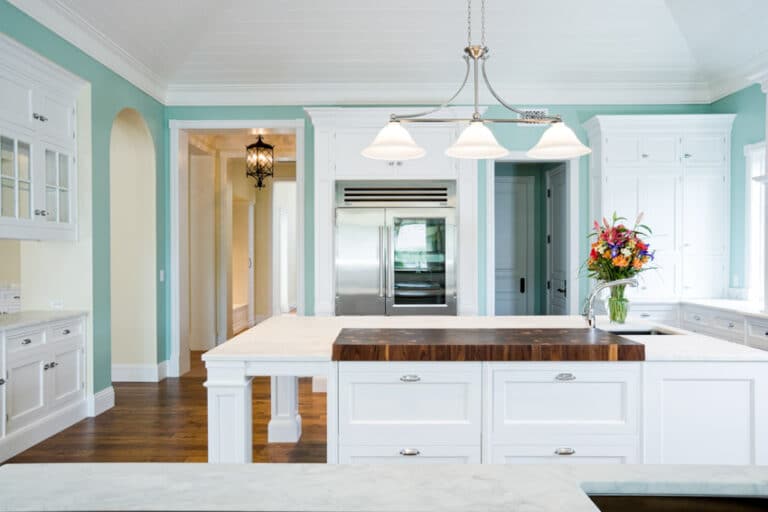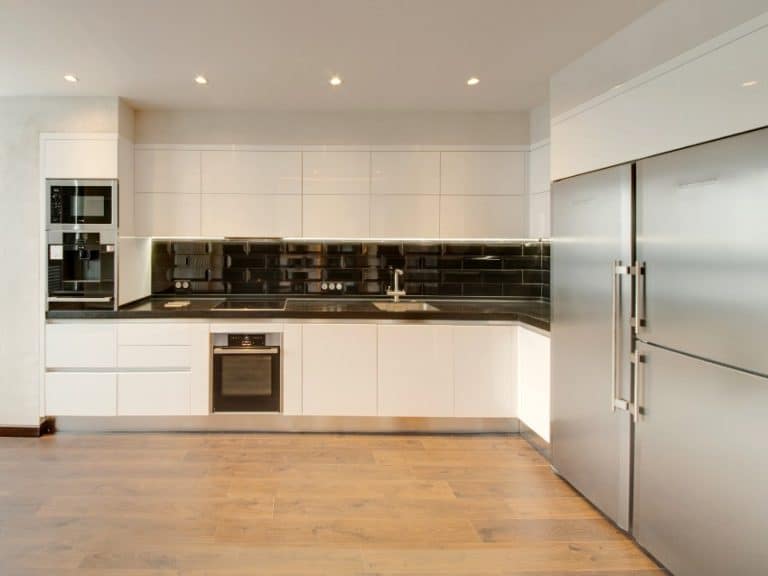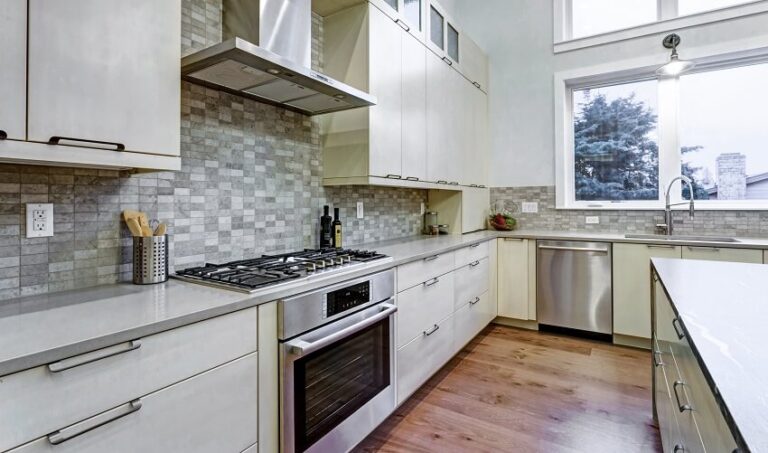Kitchen Corbels (Island, Cabinet & Counter Designs)
Welcome to our kitchen corbels design guide for islands, counters and cabinets.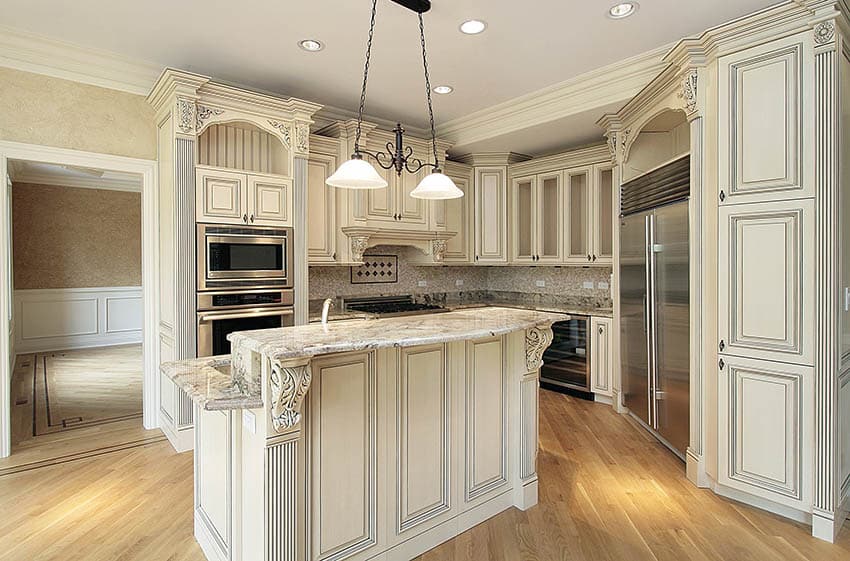 A corbel is a special type of bracket. ‘Bracket’ probably brings up a picture of a piece of metal shaped like the letter ‘L’, and that’s exactly what it is. Technically speaking, a bracket is ‘a piece that protrudes from the wall to support some kind of weight’.
A corbel is a special type of bracket. ‘Bracket’ probably brings up a picture of a piece of metal shaped like the letter ‘L’, and that’s exactly what it is. Technically speaking, a bracket is ‘a piece that protrudes from the wall to support some kind of weight’.
Corbels, to get even more specific, are traditionally carved from wood or stone. More recently, corbels made from PVC or urethane have entered the market, and are usually finished to resemble wood or stone.
Corbels are noted for their distinctive beak-shape. In fact, the word ‘corbel’ is derived from the Latin word for ‘raven’.
Corbels have a more substantial profile than brackets and are traditionally (though not always) built as an integral part of the main structure.
They are a strong and substantial support mechanism. In architecture, they are often used to create vaults or arches or to provide support for an overhanging roof.
Corbels can be plain but are often intricately and beautifully carved or molded. They provide support as well as style. Corbels aren’t just for supporting large structures, though — they have interior design and decoration applications as well.
What Are Kitchen Island Corbels?
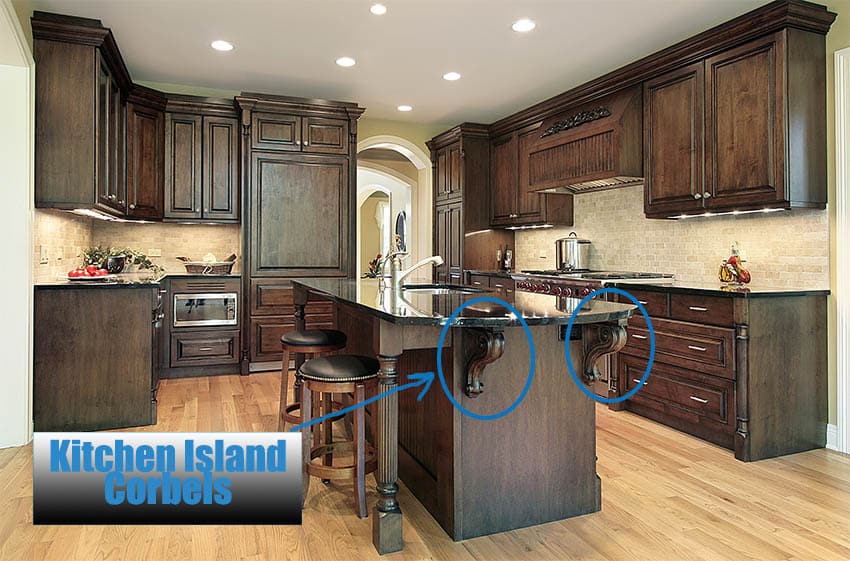
Depending on the size of the kitchen island, the material of the countertop, and the measurements of the overhang, you may require additional support.
Some countertop overhangs are supported by columns or brackets, but corbels are an excellent alternative choice.
Heavy natural stone countertops, such as marble, granite, or quartz can benefit from the extra support that a corbel can provide. Corbels pair well with laminate or butcher block countertops, too.
Kitchen Counter Corbels
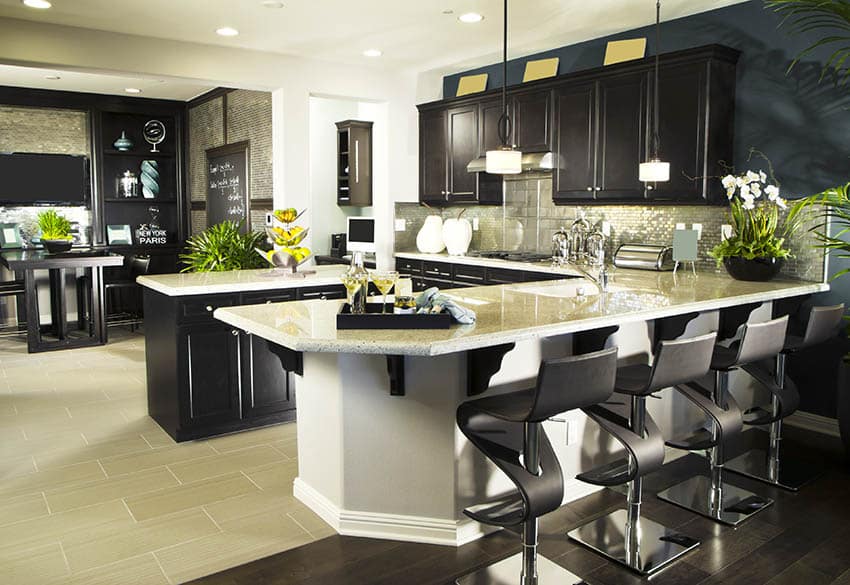
However, if your kitchen design includes counter space without cabinets underneath it, consider using corbels as an attractive alternative.
You can also use a mix of cabinet-supported and corbel-supported kitchen countertops to customize your perfect food preparation and gathering space.
Kitchen Cabinet Corbels

Corbels are often installed on either side of the stove hood, helping to integrate the appliance with the cabinetry.
A good rule of thumb to follow when installing cabinets with corbels is to make sure that the corbel matches the cabinet. Not only should the style be the same, but the color and finish should also match precisely.
This helps the two-part structure appear more visually coherent. Another common use for corbels is to support kitchen cabinets that don’t butt up against a wall or appliance, such as the upper cabinets to either side of your kitchen sink.
How Do You Size Corbels?

Corbels are 90 degree brackets with two arms. A longer arm is mounted to the wall, kitchen island, cabinet or support beam, and the shorter arm supports the a countertop, shelf, or cabinet. The front of the corbel is often curved, but can be straight as well.
If the corbel is part of a support beam it should be the same thickness or width as a supporting structure to ensure adequate support.
If it’s purely decorative, you can use a slightly thinner corbel, but don’t go too small, or you’ll compromise the look you’re going for. Remember that corbels should always look like an integral part of the construction.
An overhung countertop should be mounted on corbels that extend to at least one-half of the total size of the overhang. E.g., a kitchen countertop that extends 24 inches would require load-bearing corbels of at least 12 inches to be safe.
However, the material of the countertop should be taken into account as well. For instance, a 1 ¼” thick granite countertop can overhang by up to ten inches without any support, as long as no more than one-third of the countertop is overhung.
That means a granite countertop that is 30 inches deep can have a ten-inch, unsupported, overhang. A laminate countertop, on the other hand, can only be safely extended up to six inches without additional support, and even this small overhang would require the plywood or particle board underneath the countertop to be doubled.
For kitchen island overhangs, installers recommend more robust support in the form of larger corbels, ideally ⅔ the length of countertop to be supported. For example, to support a 24-inch overhung kitchen island, the arm of the corbell should be 18-inches.
If the corbel is providing a brace for shelving, the supporting arm must be at least ⅔ the depth of shelf. A 24-inch shelf would therefore require corbels with an supporting arm of 16-inches.
If the corbels are purely decorative, there is nothing to stop you from installing however many corbels you like, in whatever styles and sizes you choose!
However, it is generally recommended to install them at regular intervals, and in proportion to whatever they are accenting. Remember, these are structural supports, so they should look as if they are supporting something, even if all they’re holding up is your design vision.
Corbel Width

In the case of a kitchen island corbel, match the width to the support beam inside the kitchen island.
How Many Corbels Do I Need?
The number of corbels you will need is dependent on the length of the countertop, shelf, or cabinet that you are looking to support. Corbels must be spaced no more than 36 inches apart and must be installed into studs.
A three-foot-wide kitchen island would therefore require two corbels, one at each end. A 16-foot countertop, on the other hand, would require five or 6 corbels, depending on whether one end is mounted to the wall.
If the corbels are purely decorative, you can space them however you like, but for best results, follow the same rules.
Are Corbels Load-bearing?
Corbels are beautiful decorative details that personalize your home’s design. They were originally developed as a load-bearing support structure.
If you’re using corbels to support weight, make sure they are the right size, spaced appropriately, and securely fastened with screws to beams or studs.
Today, many corbels are decorative in nature rather than structural. These corbels are designed to be attached to an already supported kitchen island, cabinet, or counter using adhesive or nails, and are not load-bearing.
Double-check the manufacturer’s specifications to make sure the product you select matches the requirements for your project.
For more related designs visit our gallery of rustic kitchen ideas here.


